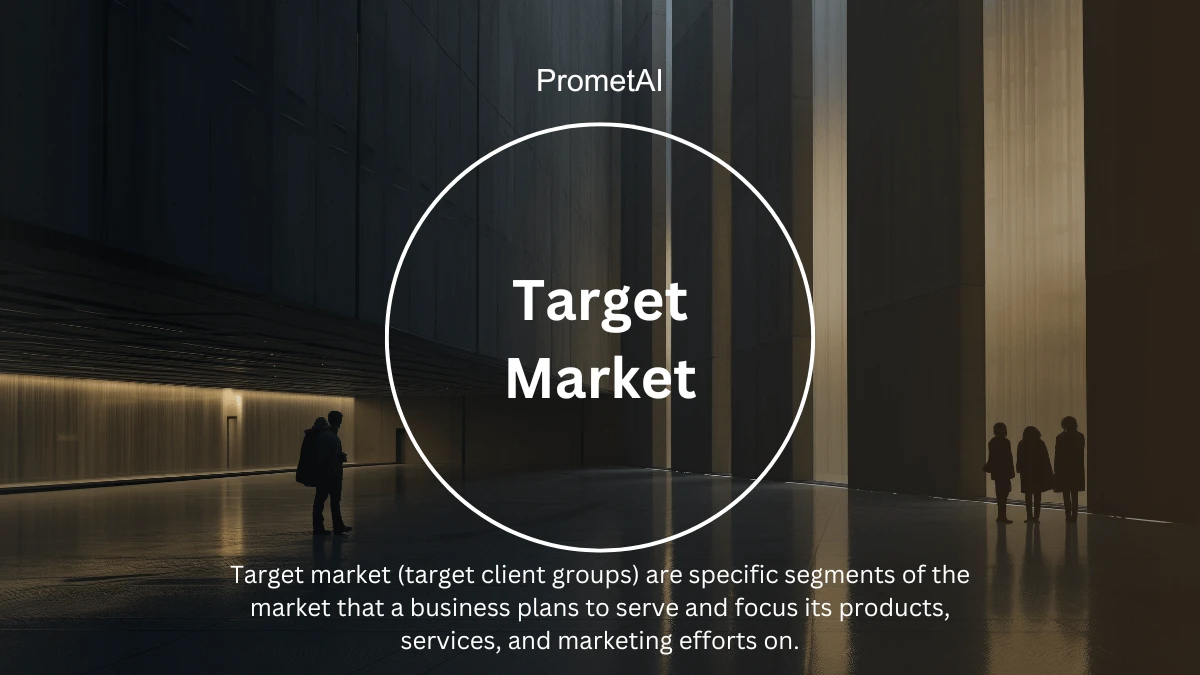Defining a target market involves analyzing customer characteristics. Identify demographics, behaviors, and needs. Conduct target market analysis using surveys and data. Segment the market based on similarities. Tailor your offerings to meet these specific needs.
Target Market Segments and Strategies
Divide your market into clear segments. Focus on demographics, geography, and behaviors. Create tailored marketing strategies for each segment. Use data to refine your approach. Engage each group with targeted messages. Measure results and adjust strategies as needed.
What is Market Segmentation?
Market segmentation is the process of dividing a broad consumer or business market into sub-groups of consumers (known as segments) based on some type of shared characteristics. This strategic approach can be applied in several ways, each with its distinct focus:
Customer Segmentation Analysis: Understand diverse customer behaviors and needs.
Demographic Segmentation: Classify individuals by age, income, education, and family dynamics.
Geographic Segmentation: Organize potential clients by geographical boundaries for localized marketing.
Psychographic Segmentation: Group consumers by lifestyle choices, values, and personalities.
Behavioral Segmentation: Differentiate consumers based on their interactions, usage patterns, and engagement with products or services.
Benefits of Market Segmentation
The benefits of market segmentation include a deeper understanding of specific customer needs and efficient resource allocation. By tailoring strategies to defined segments, businesses improve marketing outcomes and customer satisfaction.
Enhanced Customer Understanding: The benefits of market segmentation include gaining deeper insights into specific customer needs and preferences.
Improved Marketing ROI: By focusing on well-defined groups, businesses allocate resources efficiently, maximizing their return on investment.
Tailored Messaging: Segmentation allows for customized messaging that resonates with distinct customer groups, leading to better engagement.
Higher Customer Satisfaction: Personalized products and services improve customer satisfaction, fostering loyalty and repeat business.
Competitive Advantage: The benefits of market segmentation empower companies to outperform competitors by meeting unique market demands directly.
What is a Target Group?
A target group forms the core of any target marketing group strategy. It consists of individuals sharing similar characteristics or needs, segmented for marketing precision. Identifying the right target client group enhances product and service alignment with specific consumer requirements. Effective target group analysis ensures optimal resource allocation and maximizes marketing impact. Tailored strategies for each target group can significantly boost engagement and conversion rates.
Target Market vs Target Audience
Target market refers to potential clients for your product. Target audience is the specific group you reach with marketing. Both concepts are crucial for effective marketing strategies. Understand your target audience to create relevant messages. Align marketing efforts with both target market and target audience.
Target Market Example From PrometAI
In this section, we'll explore a target market example from PrometAI, how companies can effectively define and target their ideal customer base. PrometAI serves various target groups with innovative business planning and financial tools.
Financial Professionals: Analysts, accountants, and advisors seeking AI-driven tools for analysis and decision-making.
Small to Medium-Sized Businesses: These businesses need affordable, user-friendly financial tools to improve decision-making.
Startups: Emerging companies that require business planning and analysis tools to secure funding.
Corporate Executives: CEOs and CFOs needing strategic planning tools for high-level financial oversight.
Individual Investors: Individuals managing investments or personal finances with advanced, accessible analysis tools.
